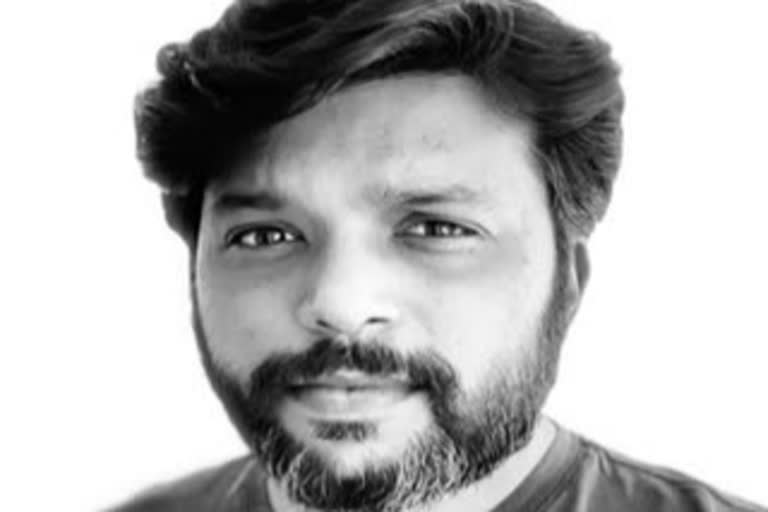Washington: Pulitzer prize-winning Indian photojournalist Danish Siddiqui was not simply killed in a crossfire in Afghanistan, nor was he simply collateral damage, but was "brutally murdered" by the Taliban after verifying his identity, according to a report published in a US-based magazine on Thursday.
Siddiqui, 38, was on assignment in Afghanistan when he died. The award-winning journalist was killed while covering clashes between Afghan troops and the Taliban in Spin Boldak district of Kandahar city.
According to the Washington Examiner report, Siddiqui travelled with an Afghan National Army team to the Spin Boldak region to cover fighting between Afghan forces and the Taliban to control the lucrative border crossing with Pakistan. When they got to within one-third of a mile of the customs post, a Taliban attack split the team, with the commander and a few men separated from Siddiqui, who remained with three other Afghan troops.
During this assault, the shrapnel hit Siddiqui, and so he and his team went to a local mosque where he received first aid. As word spread, however, that a journalist was in the mosque, the Taliban attacked. The local investigation suggests the Taliban attacked the mosque only because of Siddiqui's presence there, the report said.
Siddiqui was alive when the Taliban captured him. The Taliban verified Siddiqui's identity and then executed him, as well as those with him. The commander and the remainder of his team died as they tried to rescue him, it said. While a widely circulated public photograph shows Siddiqui's face recognizable, I reviewed other photographs and a video of Siddiqui's body provided to me by a source in the Indian government that show the Taliban beat Siddiqui around the head and then riddled his body with bullets, wrote the writer Micheal Rubin, who is a senior fellow at the American Enterprise Institute.
The Taliban's decision to hunt down, execute Siddiqui, and then mutilate his corpse shows that they do not respect the rules of war or conventions that govern the behaviour of the global community, the report said. Siddiqui won the Pulitzer Prize in 2018 as part of the Reuters team for their coverage of the Rohingya crisis. He had extensively covered the Afghanistan conflict, the Hong Kong protests and other major events in Asia, Middle East, and Europe.
Siddiqui was laid to rest at the Jamia Millia Islamia graveyard where a sea of mourners gathered to pay their last respects. His body arrived at the Delhi airport in the evening of July 18 and was later brought to his residence in Jamia Nagar where a huge crowd, including his family and friends, had gathered.
PTI
Also read: Ashraf Ghani says no military solution to Afghan issue, govt ready to talk with Taliban



